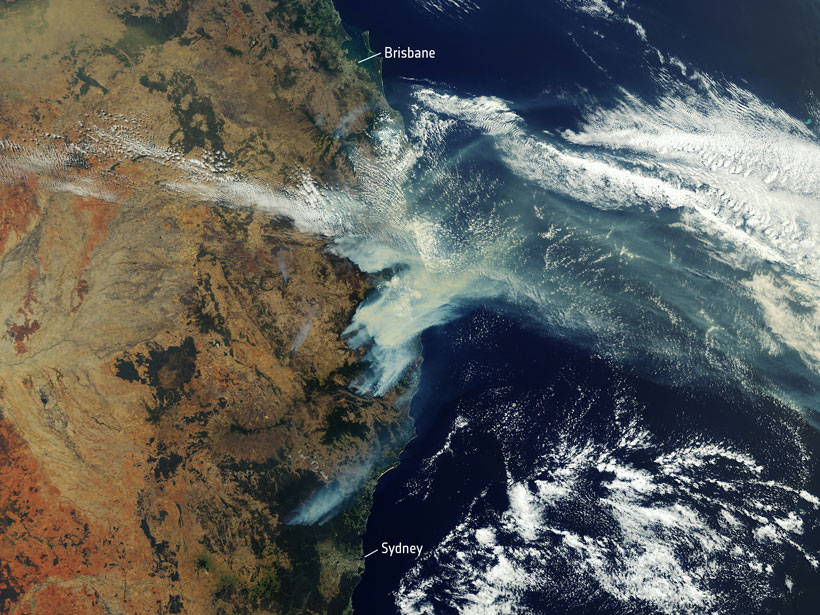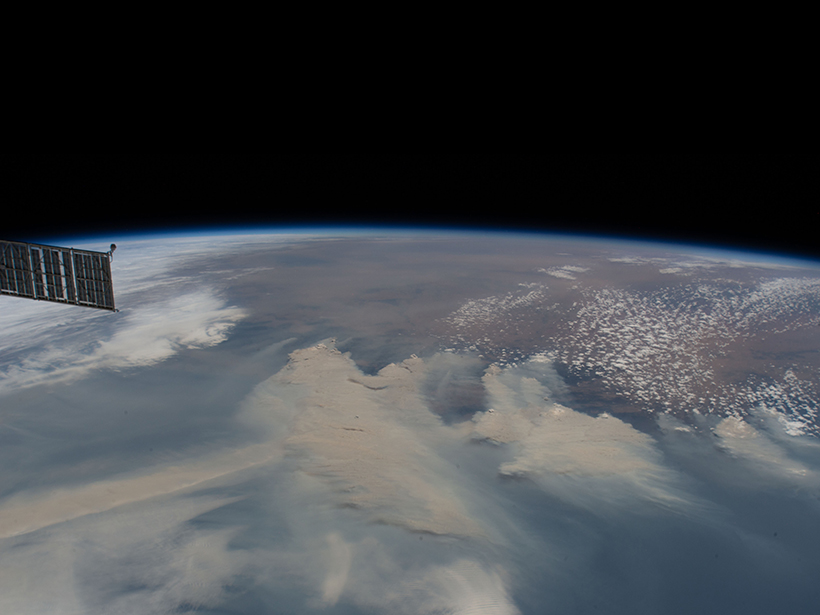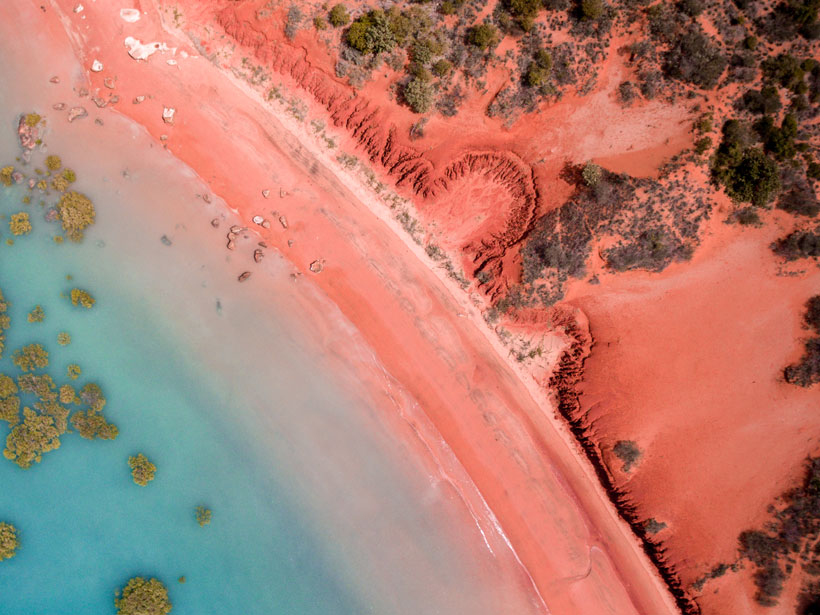Air temperatures in coastal ecosystems of Australia routinely exceed the optimum range for photosynthesis, hindering plants’ ability to take up atmospheric carbon.
Australia
Mars 2020 Team Using Australian Rocks in Search for Life on Mars
Scientists are investigating evidence of ancient terrestrial microbes preserved in Australia as well as mineral maps derived from Mars orbiter data to shed light on how to search for life on Mars.
A Plate Boundary Emerges Between India and Australia
Bathymetric and seismic data point to a new plate boundary in a fracture-riddled zone beneath the northern Indian Ocean.
A Revised View of Australia’s Future Climate
The most recent generation of models of the Coupled Model Intercomparison Project better captures rainfall drivers, extreme heat events, and other facets of regional climate.
Science Gets Up to Speed on Dry Rivers
Nonperennial rivers are a major—and growing—part of the global river network. New research and science-based policies are needed to ensure the sustainability of these long-overlooked waterways.
Where Australia’s Smoke Goes to Die
Wildfires from Down Under contribute to airborne pollution and carbon emissions—and some particulates can stay in the stratosphere for a year.
Five Environmental Consequences of Australia’s Fires
Australia’s road to recovery may be long: Here’s a developing list of how the fires are affecting glaciers, wildlife, water supplies, and global carbon emissions.
Australia, Your Country Is Burning—Dangerous Climate Change Is Here With You Now
I am a climate scientist on holiday in the Blue Mountains, watching climate change in action.
Australia’s Complex Intertidal Zones Mapped in 3-D
Intertidal zones support biodiverse habitats but have lost serious ground in recent decades to development, erosion, and sea level rise.
The Effect of Coral Bleaching Events in the Great Barrier Reef
A new study using seawater chemistry compares the status of the iconic reef before and after a bleaching event.










